Handheld gaming PCs have surged in popularity over the last few years, largely thanks to the groundbreaking Steam Deck from Valve. This surge has prompted mainstream PC manufacturers to introduce their own handhelds, with the Lenovo Legion Go S being a notable contender designed to closely rival the Steam Deck. Unlike its predecessor, the original Legion Go, the Legion Go S features a sleek unibody design, ditching the Switch-like removable controllers and excess buttons. An exciting development is that a version of the Legion Go S will soon be available with SteamOS, the operating system that powers the Steam Deck, making it the first non-Valve handheld to do so. However, the model reviewed here runs on Windows 11, and at $729, it faces stiff competition from other similarly priced Windows 11 handhelds.
Lenovo Legion Go S – Photos

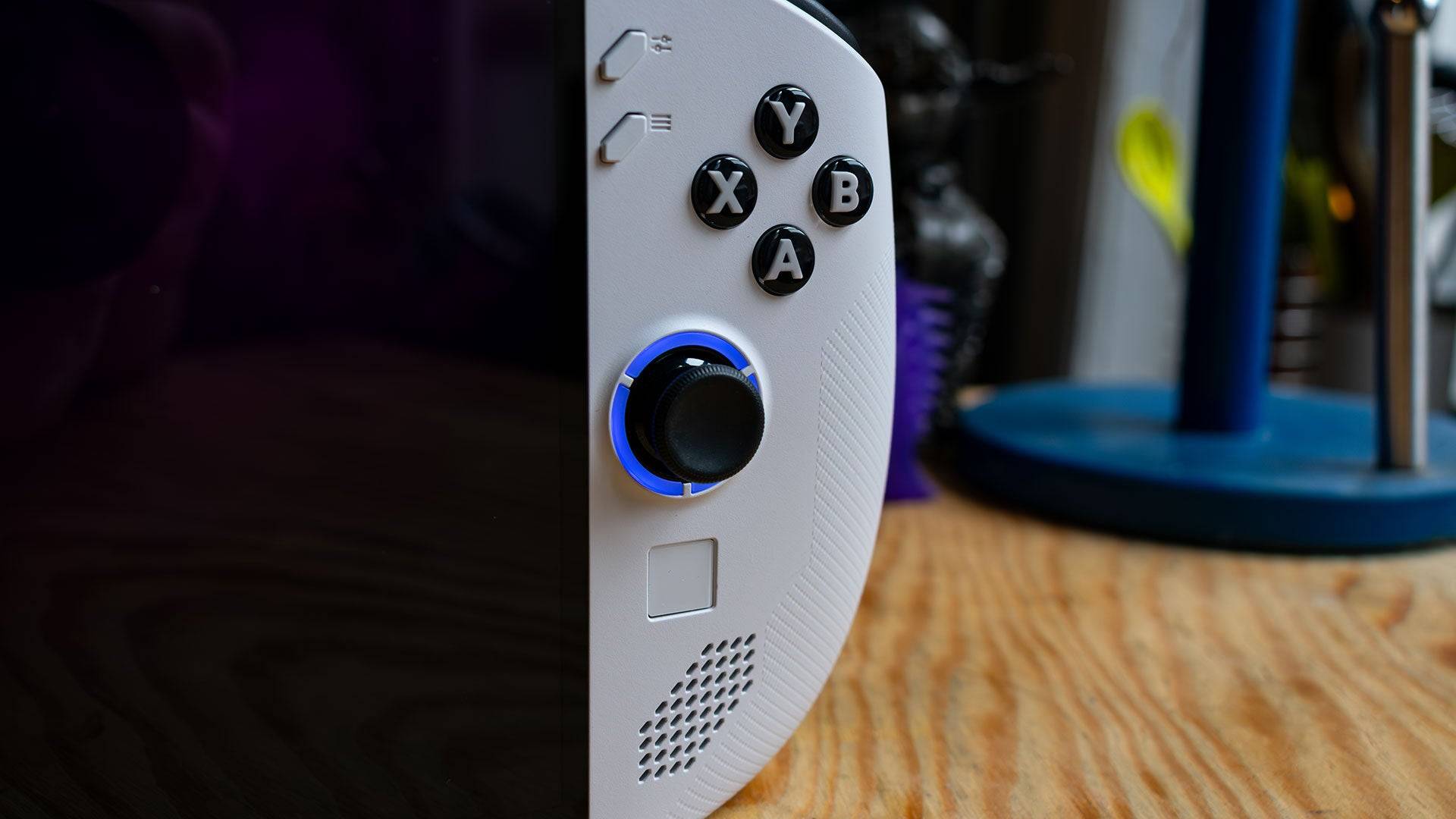 7 Images
7 Images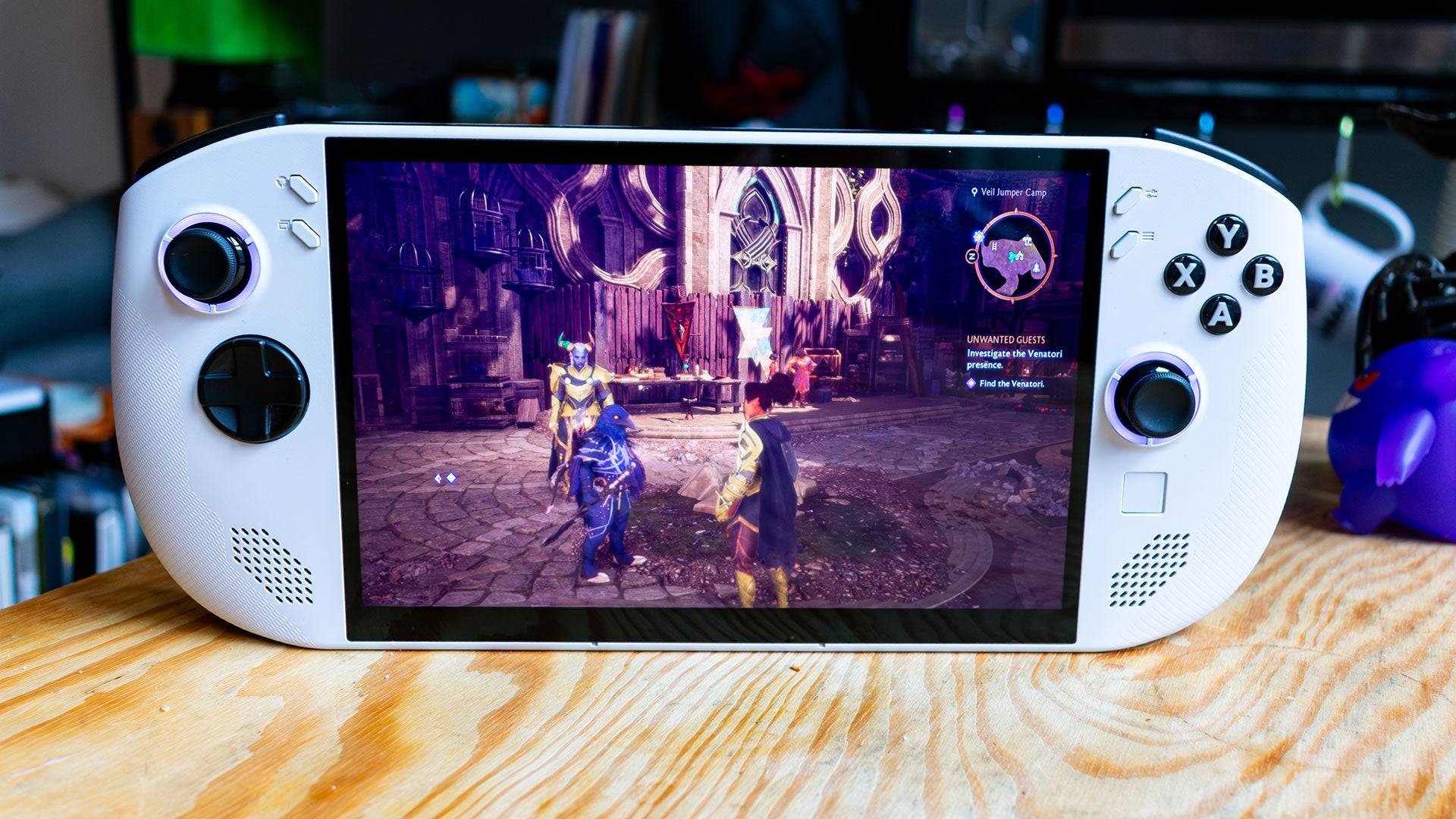
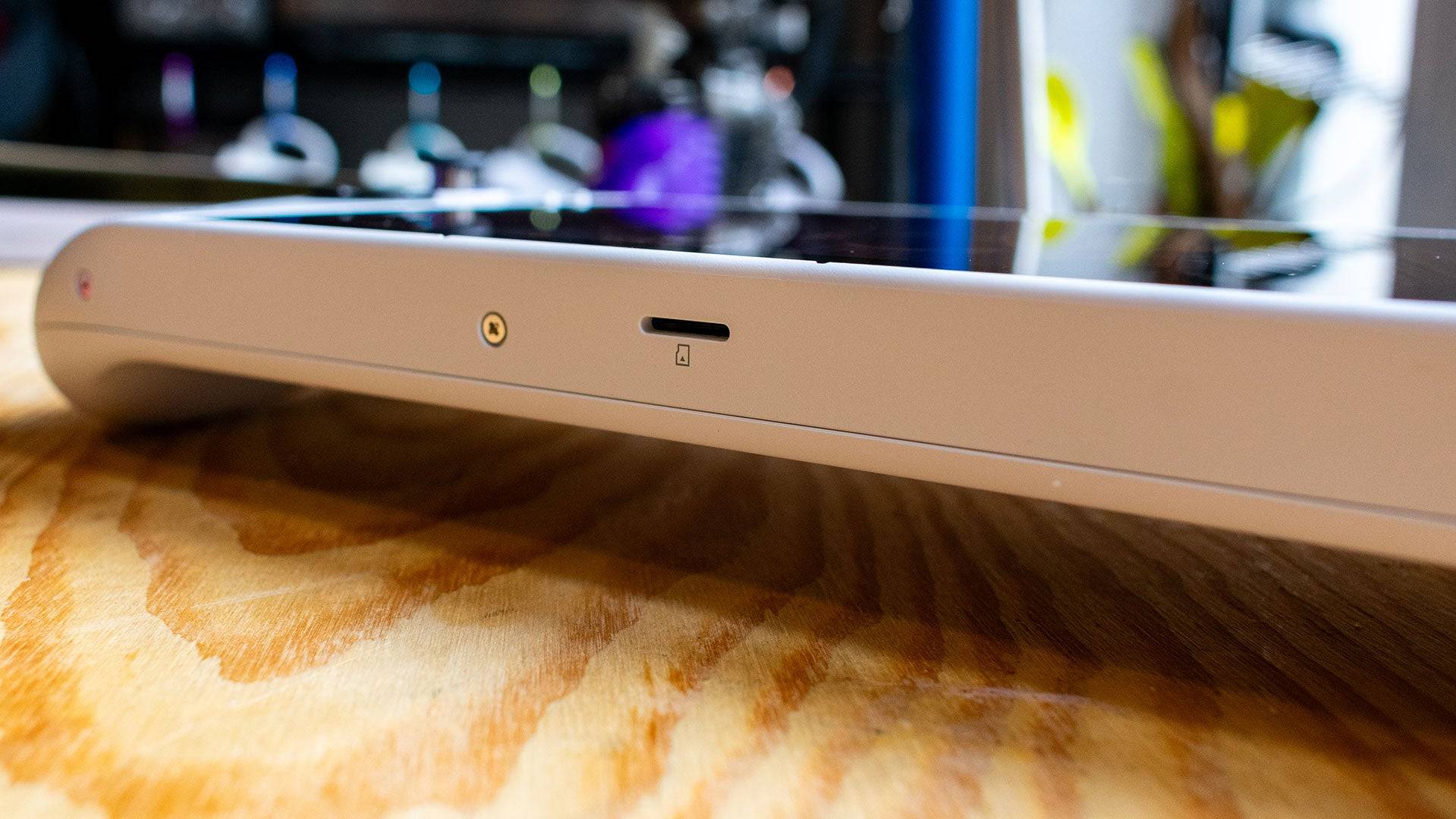

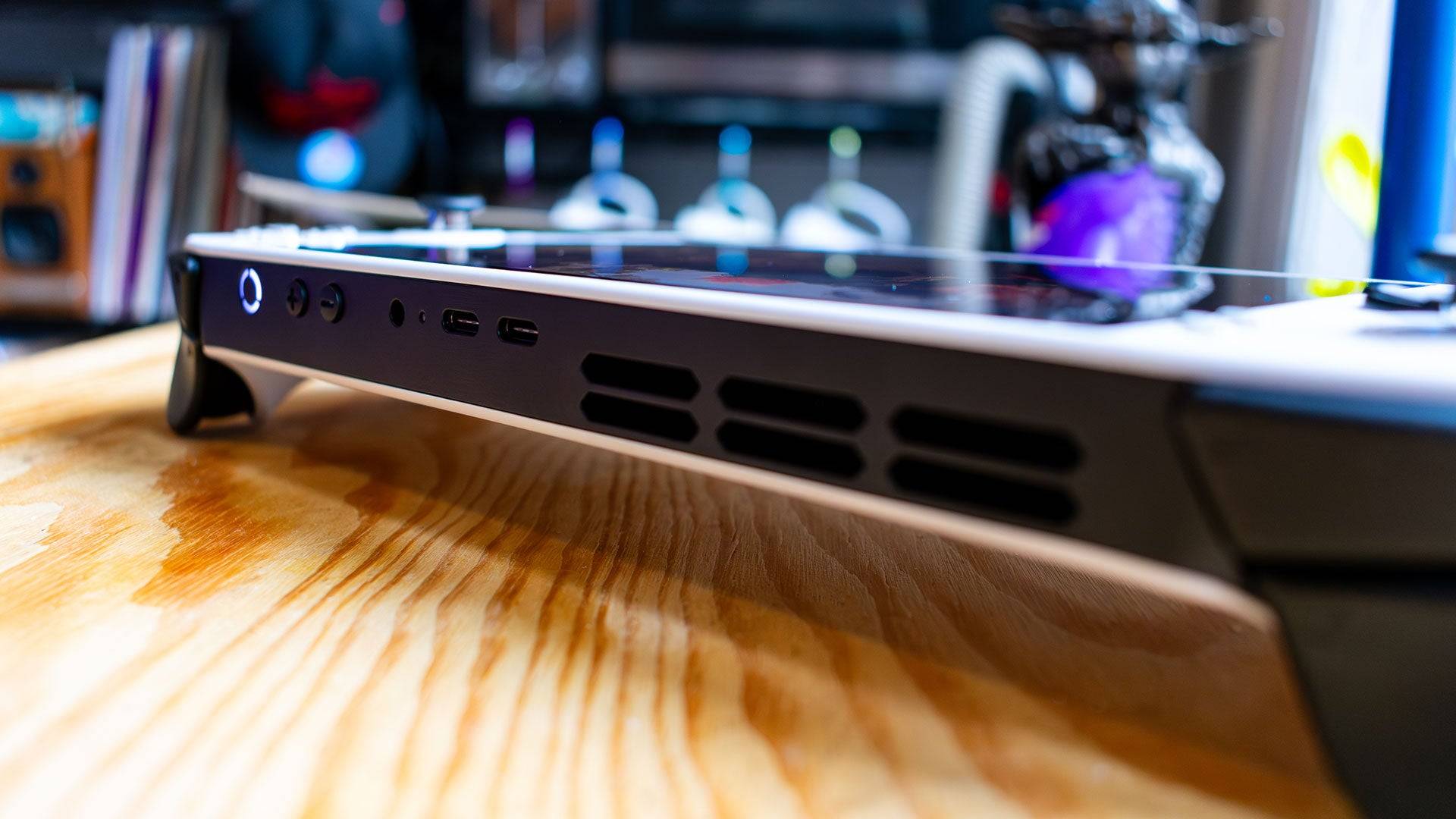 Lenovo Legion Go S – Design
Lenovo Legion Go S – Design
The Lenovo Legion Go S adopts a design more akin to the Asus ROG Ally, featuring a singular unit without the complex removable controllers of its predecessor. This design choice not only simplifies the device but also enhances its usability. The rounded edges of the chassis make the Legion Go S comfortable to hold during extended gaming sessions, somewhat offsetting its heftier weight.
Weighing in at 1.61 pounds, the Legion Go S is marginally lighter than the original Legion Go (1.88 pounds) but heavier than the Asus ROG Ally X (1.49 pounds). Despite the added weight, the Legion Go S boasts an impressive 8-inch, 1200p IPS display with a brightness of 500 nits, delivering stunning visuals that enhance the gaming experience across various titles, from the vibrant "Dragon Age: The Veilguard" to the more realistic "Horizon Forbidden West."
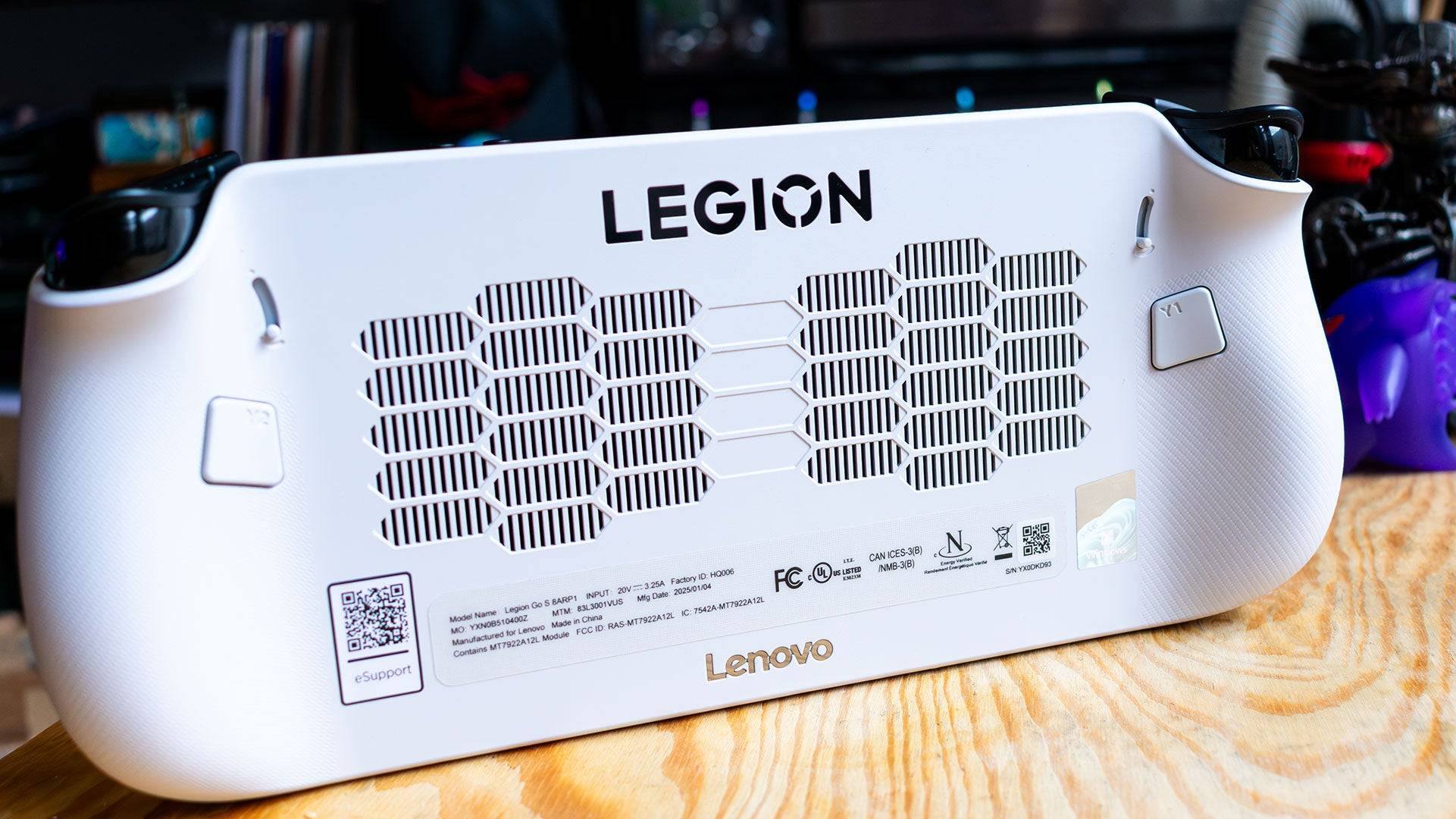
The Legion Go S comes in two attractive colorways: Glacier White and Nebula Nocturne, with the latter exclusive to the upcoming SteamOS version. Each joystick is encircled by an RGB lighting ring that can be easily customized. The button layout is more intuitive than the original, with standard placement of 'Start' and 'Select' buttons, though Lenovo's proprietary menu buttons can be a bit confusing at first.
The Legion Go S includes a downsized touchpad for mouse input, which, while functional, feels a bit cramped. The device also features programmable 'paddle' buttons on the back and adjustable trigger travel settings, though the latter lacks the granularity found in some high-end controllers.
Connectivity is managed through two USB 4 ports on the top, with a MicroSD card slot inconveniently placed on the bottom. This placement could pose challenges when using a dock.
Purchasing Guide
The reviewed Lenovo Legion Go S is available starting February 14 for $729.99, equipped with a Z2 Go APU, 32GB of LPDDR5 RAM, and a 1TB SSD. A more budget-friendly option with 16GB of RAM and a 512GB SSD will be released in May for $599.99.
Lenovo Legion Go S – Performance
The Lenovo Legion Go S is powered by the AMD Z2 Go APU, a chip using older Zen 3 and RDNA 2 technologies, which impacts its performance compared to newer models like the Legion Go and Asus ROG Ally X. Despite a slightly larger 55Whr battery, the Legion Go S lasts only 4 hours and 29 minutes in PCMark10, less than the original Legion Go.

In benchmarks like 3DMark, the Legion Go S lags behind its competitors, scoring significantly lower in both Time Spy and Fire Strike tests. However, in actual gameplay, it performs slightly better in some titles, like "Hitman: World of Assassination," but struggles with more demanding games like "Total War: Warhammer 3" and "Cyberpunk 2077."
For a smoother gaming experience, it's recommended to adjust settings to Medium and lower the resolution to 800p, where the Legion Go S can comfortably maintain 30-40 fps in most AAA games. However, for the latest high-budget games, it may not be the best choice, and users might want to wait for systems with the Z2 Extreme later in the year.
The Legion Go S excels with less demanding titles like "Persona 5," where its vibrant display shines and maintains high frame rates.
Wait, It’s More Expensive?
Despite using the less powerful AMD Z2 Go APU and having a smaller form factor, the Lenovo Legion Go S is priced at $729, higher than the original Legion Go at $699. This pricing seems counterintuitive, especially considering the weaker performance and lower resolution display.
The higher cost is somewhat justified by the 32GB of LPDDR5 memory and a 1TB SSD, which is more than what's offered by competitors like the Asus ROG Ally X. However, the memory speed is slower, which negatively impacts performance. Adjusting the frame buffer in the BIOS can improve performance, but navigating the BIOS on a handheld with a touchscreen and controller is cumbersome.
For the current configuration, the Legion Go S may not offer the best value for money. However, the upcoming $599 version with 16GB of RAM in May could provide a better balance of performance and price, making it a more attractive option in the handheld gaming PC market.
 Home
Home  Navigation
Navigation






 Latest Articles
Latest Articles









 Latest Games
Latest Games












